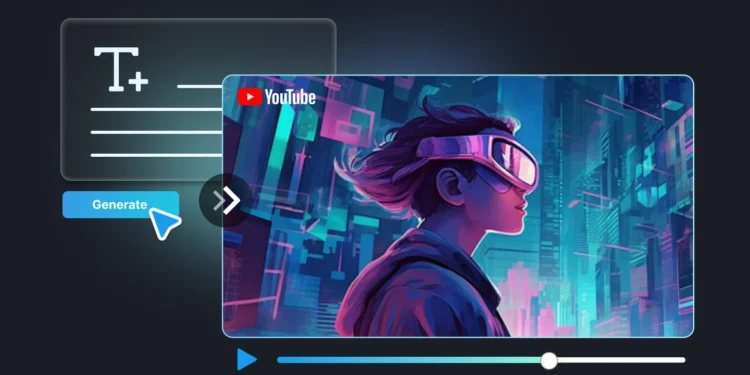This week marked a turning point for YouTube Shorts, Google’s direct response to the TikTok phenomenon. The platform introduced Veo 2, a sophisticated AI tool designed to revolutionize how we create and interact with short-form content. The allure of AI in content creation isn’t new, but the integration of Veo 2 into YouTube Shorts suggests a shift towards more automated, user-driven content production.
YouTube Shorts has evolved from a mere competitor in the vertical video space to a sandbox for technological innovation, allowing users to generate clips from simple text prompts. This addition could potentially change how creators approach video production, emphasizing speed and accessibility over traditional content creation methods.
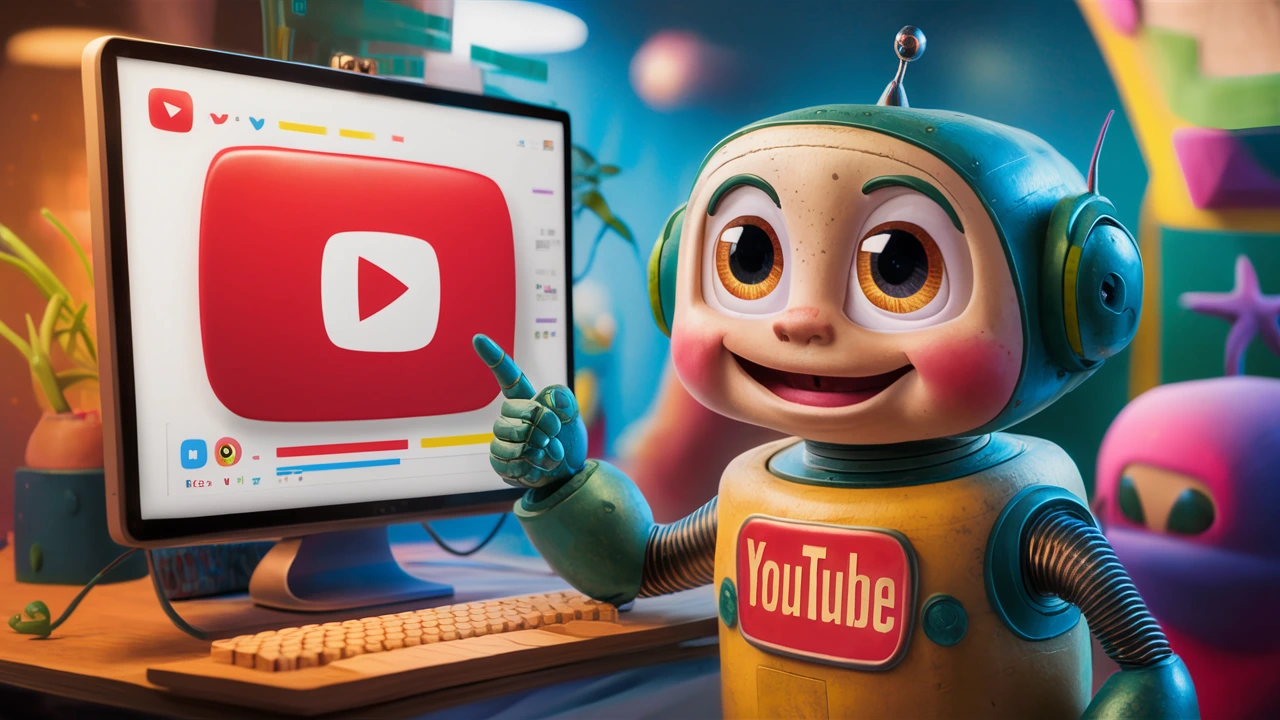
A Test Drive with Veo 2
Curiosity got the better of me, and I decided to take this new feature for a spin. The process begins in the YouTube mobile app, where generating a clip with Veo 2 is somewhat hidden. By tapping the Add button and selecting Create at the top of the interface, users are prompted to enter their vision for a video. This is where the magic happens—or in my case, the mild horror.
For my experiment, I chose the prompt: “A cat eating all of the planets in the solar system.” The AI provided four thumbnail options, and upon selection, a video was generated and added to my timeline. While the output was less about astronomical accuracy and more akin to a dreamlike memory, it was fascinating to see how the AI interpreted such a fantastical scenario.
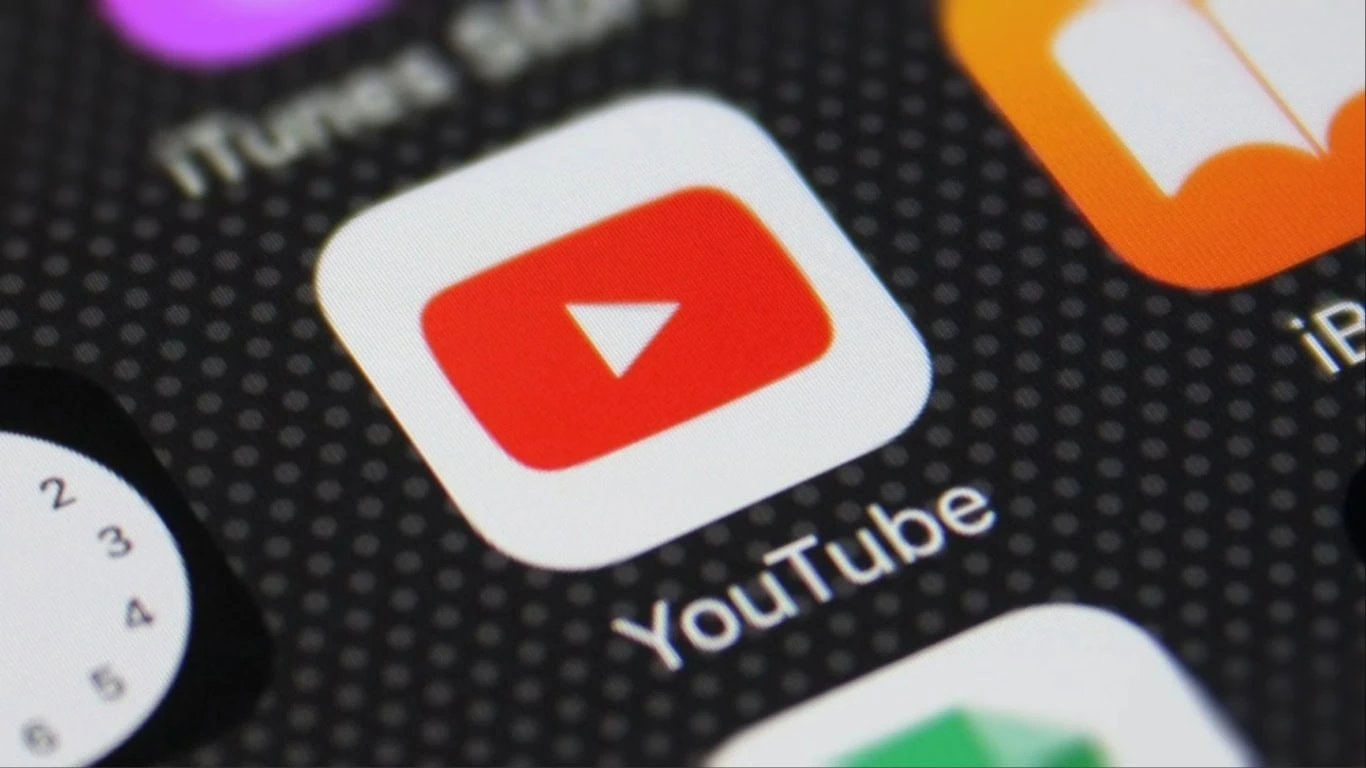
The Practicality of AI-Generated Backgrounds
Beyond creating standalone videos, Veo 2 offers the capability to produce animated backgrounds for other Shorts. By using the Green Screen feature, creators can overlay themselves onto these AI-generated scenes, adding a layer of dynamism to their content. This functionality seems particularly suited for quick, impactful visuals that complement the fast-paced nature of short-form media.
While the technology is impressive, it’s also slightly unnerving. The concept of generating a “whole new world of content” feels like stepping into digital purgatory—an endless expanse of AI-generated scenes that could potentially flood our feeds with soulless automation.
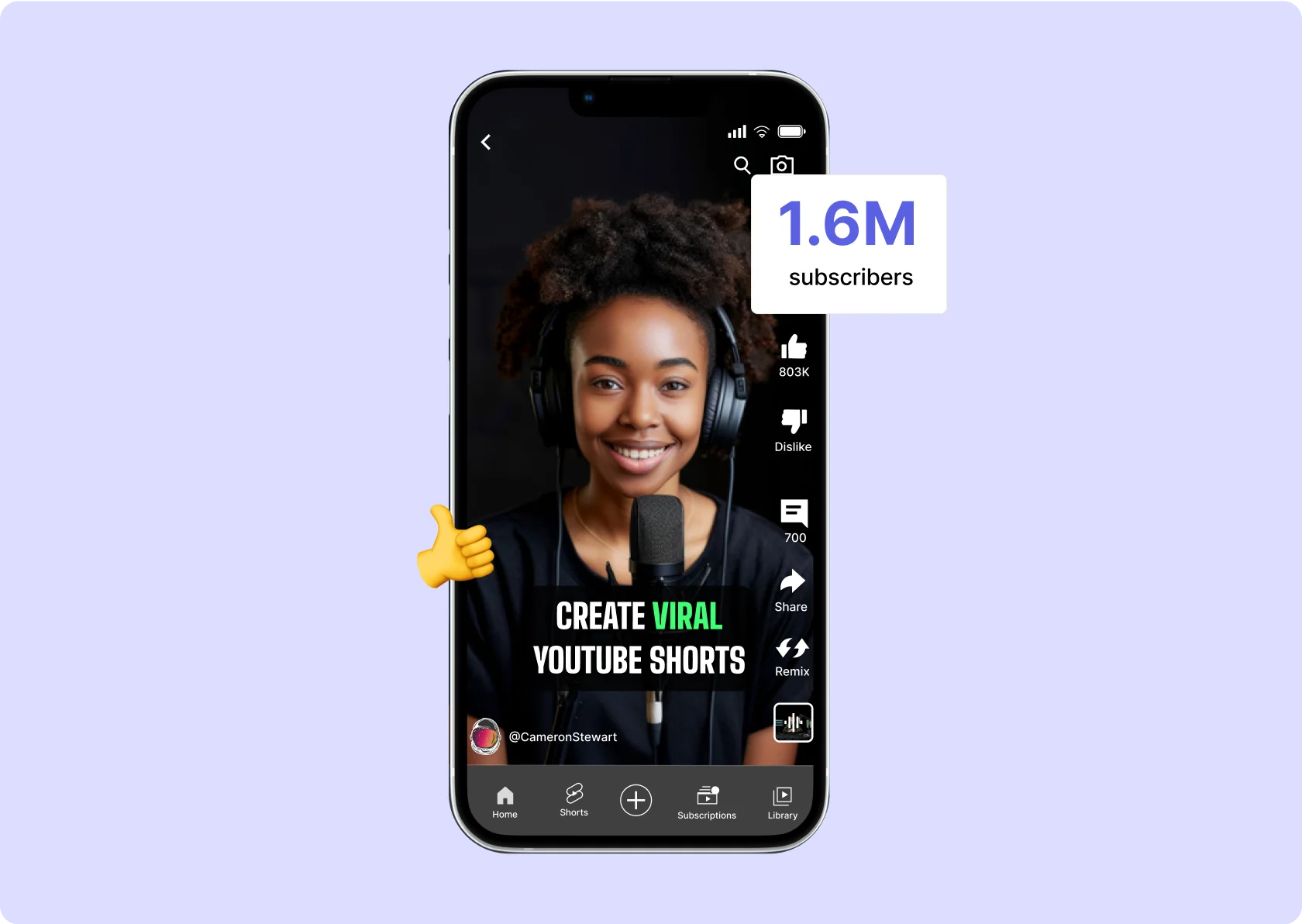
Reflections on the Future of Content Creation
This exploration into AI-generated video content on YouTube Shorts left me with mixed feelings. The potential for creativity is immense, yet there’s an underlying fear about the quality and authenticity of such easily produced content. As we advance, the challenge will be to balance technological capabilities with the genuine creativity that viewers value.
For those overwhelmed by the deluge of AI-generated content and looking for a respite, many resources are available to filter out YouTube Shorts from your feed. This feature’s reception will likely dictate its evolution and integration into regular content consumption habits.
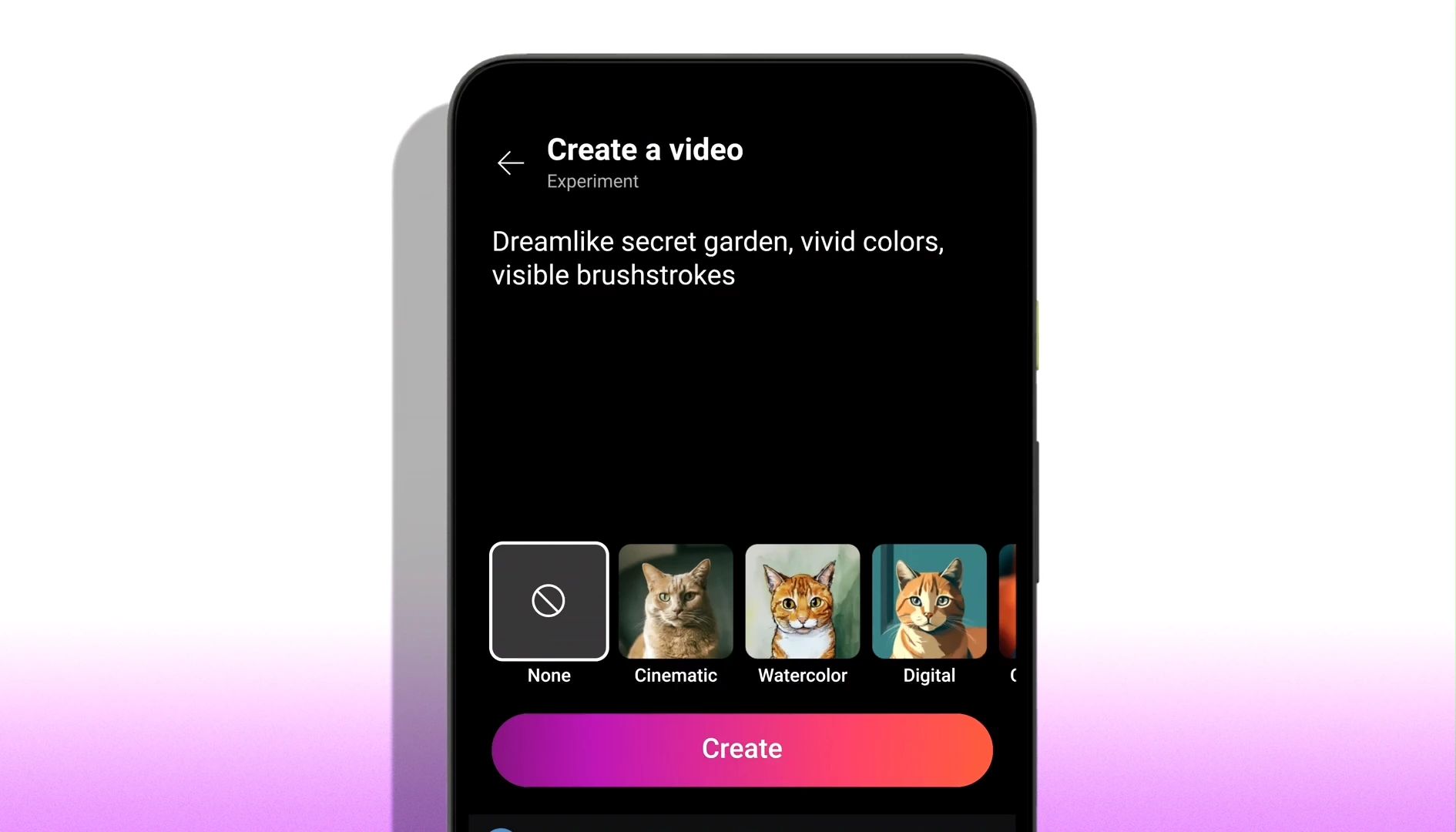
In conclusion, while the technological advancements represented by Veo 2 are undoubtedly impressive, they also prompt a reevaluation of what it means to create and consume content in the digital age. Will AI enhance our creative expressions, or will it lead us down a path of homogenized digital noise? Only time will tell, but for now, the possibilities—and pitfalls—of AI-generated content are more real than ever.

